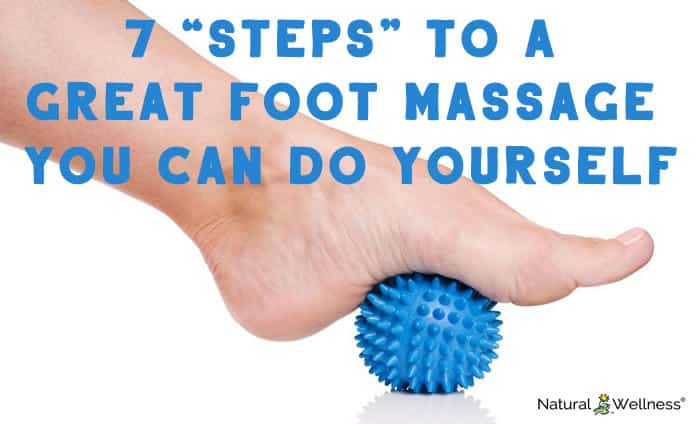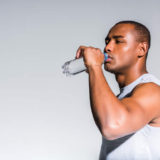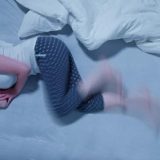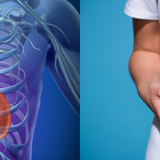

What Is Reflexology?
Reflexology is a modality of massage therapy that involves working on specific points of the feet and hands in order to affect corresponding organs via the nerve pathways throughout the body. Studies have shown reflexology to be effective in reducing pain and the need for pain medications in various conditions, including:
- cancer
- fibromyalgia
- as well as reducing symptoms of premenstrual syndrome, kidney and urinary conditions.
Reflexology has also been shown to be effective in treating headache and migraine pain, reducing the severity and frequency of both.
The most significant benefit of reflexology, however, is its ability to bring about a deep relaxation and improve the quality of sleep in those receiving it.
How to Do Your Own Foot Massage
While general foot massage is not as specific as reflexology, is has been shown to offer most of the same health benefits. Not only that, it feels amazing!
The great thing about foot massage is that, for most of us, it is easy to do for ourselves and can be done daily.
Here’s how you do it!
- Sit in a comfortable chair and, if possible, soak feet in warm water in a large bowl with two to three drops of peppermint or tea tree essential oils for about 15 minutes. Towel dry.
- Use that towel by laying it out and using your toes to “gather” it up toward you. This is a great exercise for strengthening the muscles in the arch of your foot and doing this for a minute or two will make the next steps feel even better.
- Hold both feet up and circle ankles several times – first clockwise, then counter-clockwise – to loosen up the ankles.
- Interlace your fingers with your toes and push/pull them – flexing and extending them – through their comfortable range of motion. Grab each toe at the base and twist in each direction, both clockwise and counter-clockwise.
- Roll your feet – one foot at a time – over a tennis ball or handball. Roll side-to-side under the ball of the foot and then side-to-side under the arch and lateral side of the foot, then change direction and roll forward and backward first under the ball of the foot, then under the arch and lateral side. Rolling the foot over the ball in a circular motion is also acceptable. A great alternative to this, especially for those with plantar fasciitis, is to fill an empty plastic soda bottle with water and freeze (leave room for expansion), then use the cold bottle to roll the feet on.
- Press the heel of your foot down onto the ball you are using. Rolling the heel on the ball usually results in the ball sliding out from under your foot, so simply lift foot and move a little side-to-side and press until you get to your entire heel. This is actually a great technique for relieving constipation.
- Finish by sitting back, relaxing the ankles and doing a “butterfly kick.” Allow your feet to move freely as you flutter your lower legs. Finish with loose circles both clockwise and counter-clockwise.
Conclusion
Foot massage offers most of the same benefits of reflexology and is an amazing stress-buster that has been shown to reduce pain and improve relaxation and sleep. Luckily, foot massage is something we can do for ourselves to improve our health and our lives.




